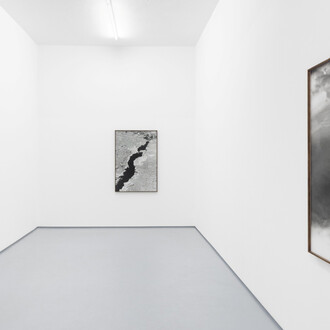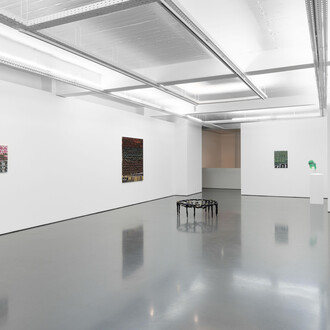Vasco da Gama’s arrival in India, in 1498, and the capture of Malacca, in 1511, mark the onset of the importation of Chinese porcelain into the Western market, in which Portugal had a pioneer role as purchaser.
Acquired by Fundação Oriente in 2018, the Former Cunha Alves Collection gathers 209 Chinese porcelain pieces intended for export to the Western market and decorated with scenes in the style favoured by European patrons. This is the first presentation of the collection in its entirety, as part of the permanent exhibition Portuguese Presence in Asia.
Collected over a period of 25 years by diplomat Paulo Cunha Alves, it comprises pieces from between the 17th and the 19th centuries. These pieces were acquired at auctions, antiquarians, international fairs, and directly from private owners, in countless countries.
The pieces are grouped according to subjects as varied as the seafaring adventure, the expansion of Christian faith, the Olympian gods, the pleasures of outdoor life, music, dance and poetry, themes ranging from satirical, humorous, historical, erotic, courtships and vanity, among others. The set’s decoration is inspired by different European iconographical sources, such as drawings, prints and small oil paintings. Made from silver, faience, porcelain, pewter and wood, these pieces were sent to China as models, to be copied by local artisans, resulting in colourful blue and white representations underglaze, and famille-rose enamels, grisaille, black and sepia, bianco sopra bianco, pink camaïeu and gilt overglaze.
The acquisition of the Former Cunha Alves Collection comes as part of Fundação Oriente’s strategic focus on consolidating its porcelain collection, thus positioning Museu do Oriente as a reference in the broad scope of decorative arts, particularly porcelain.
















